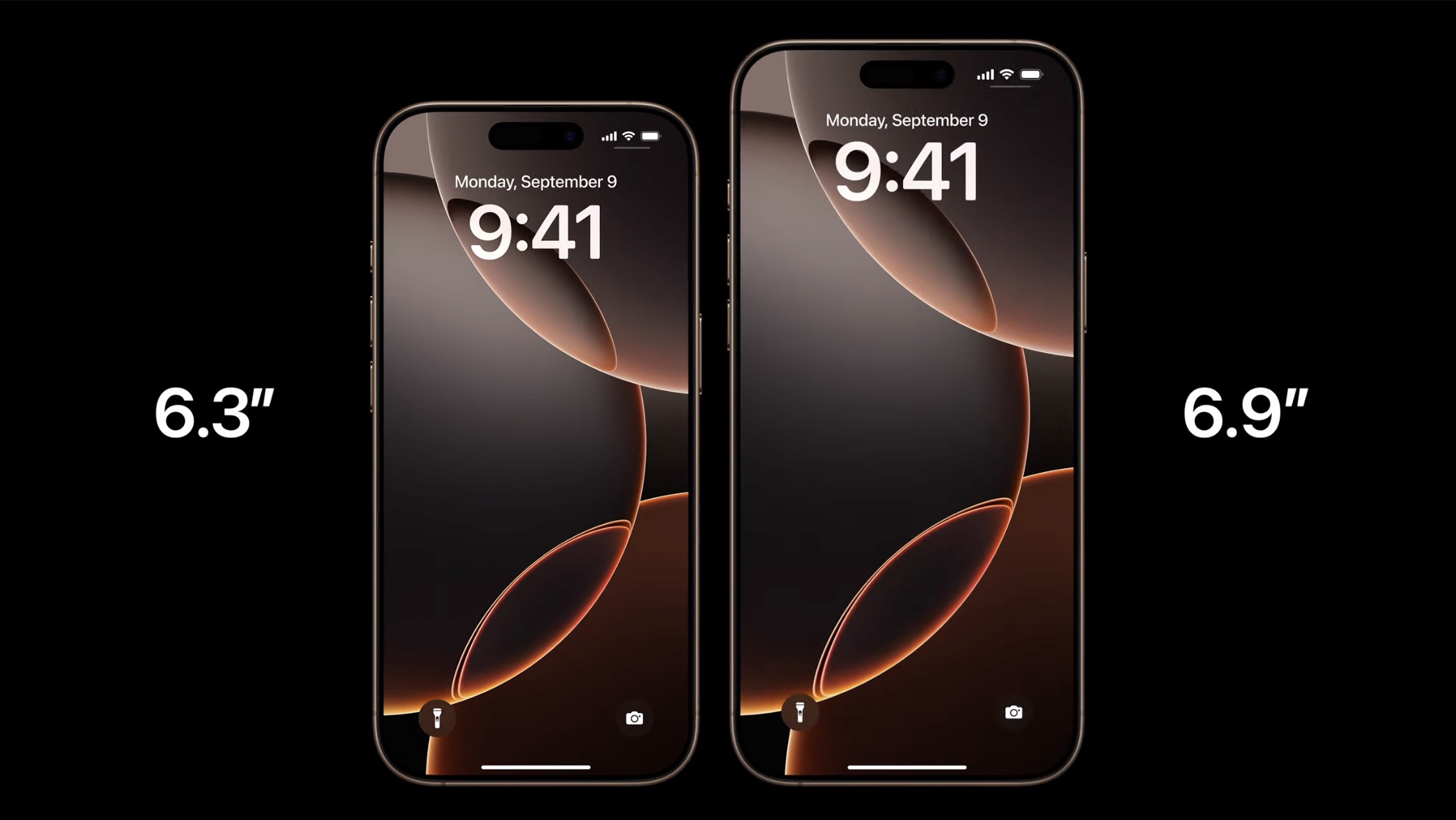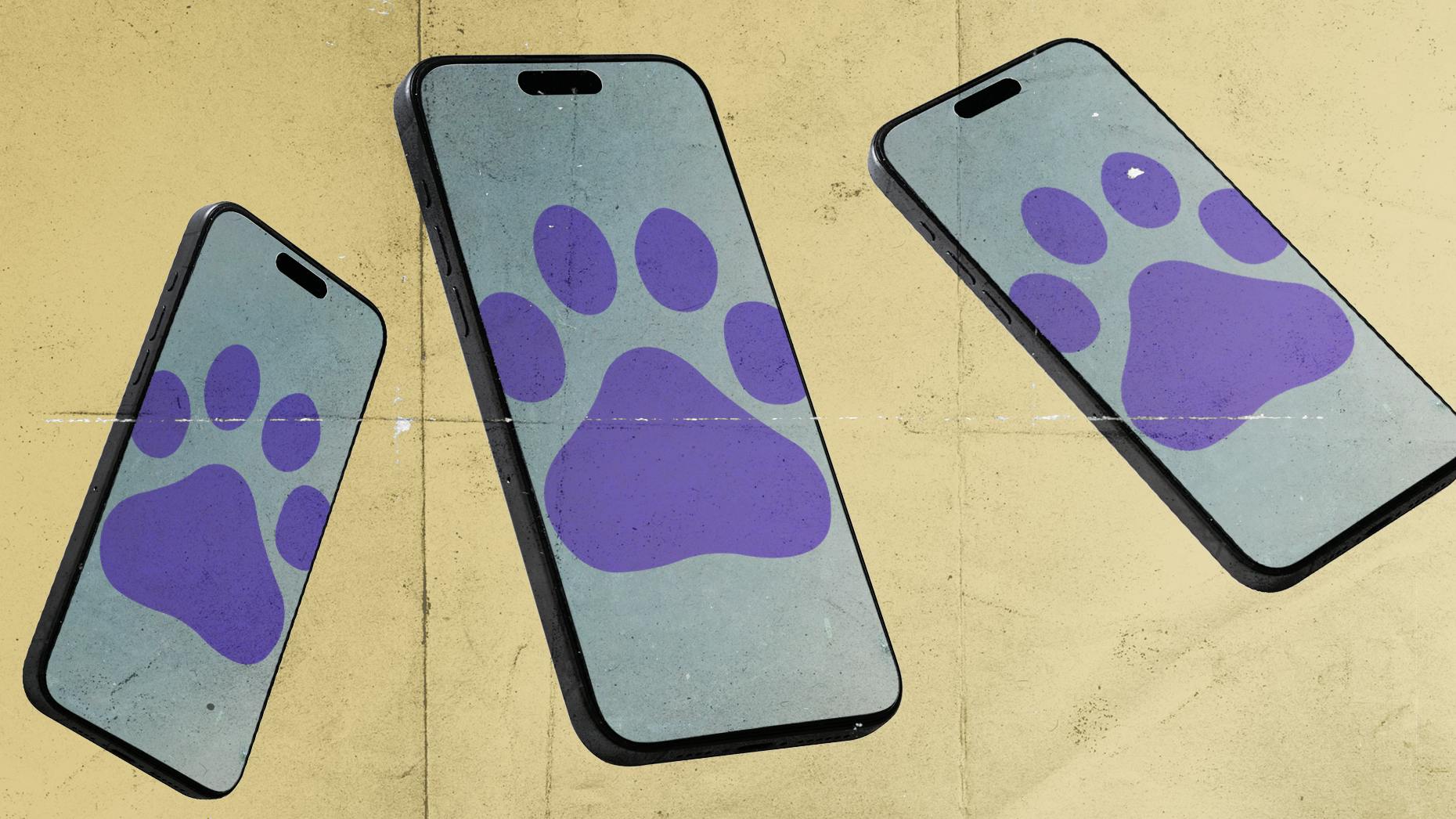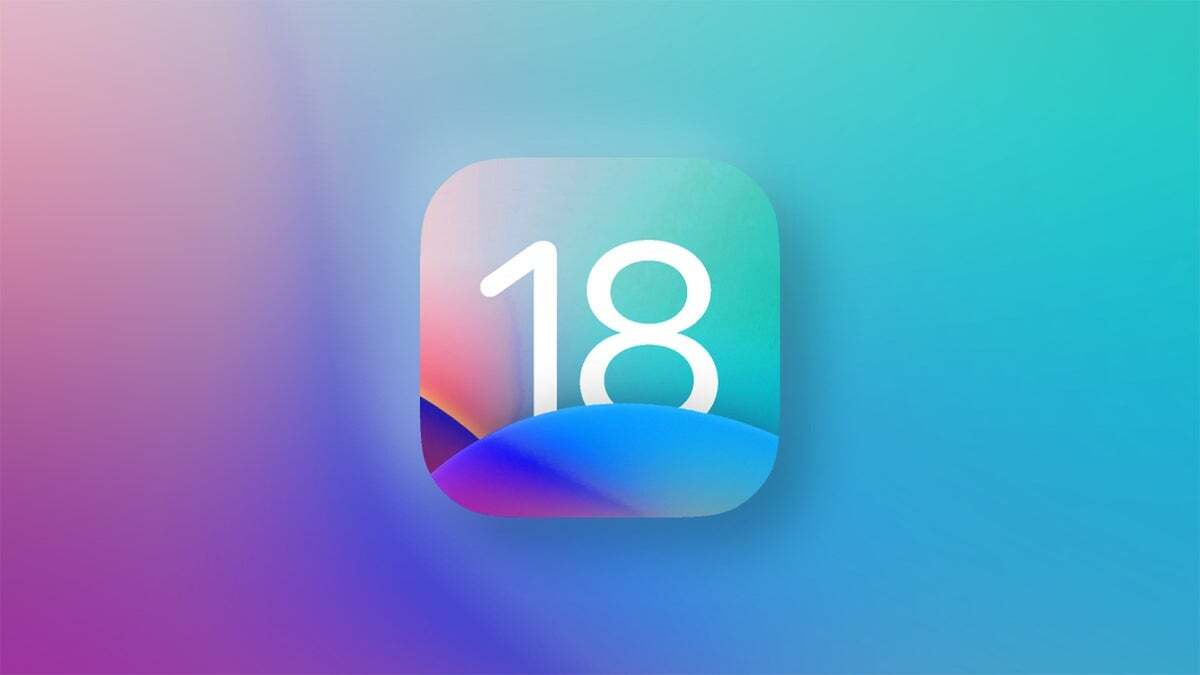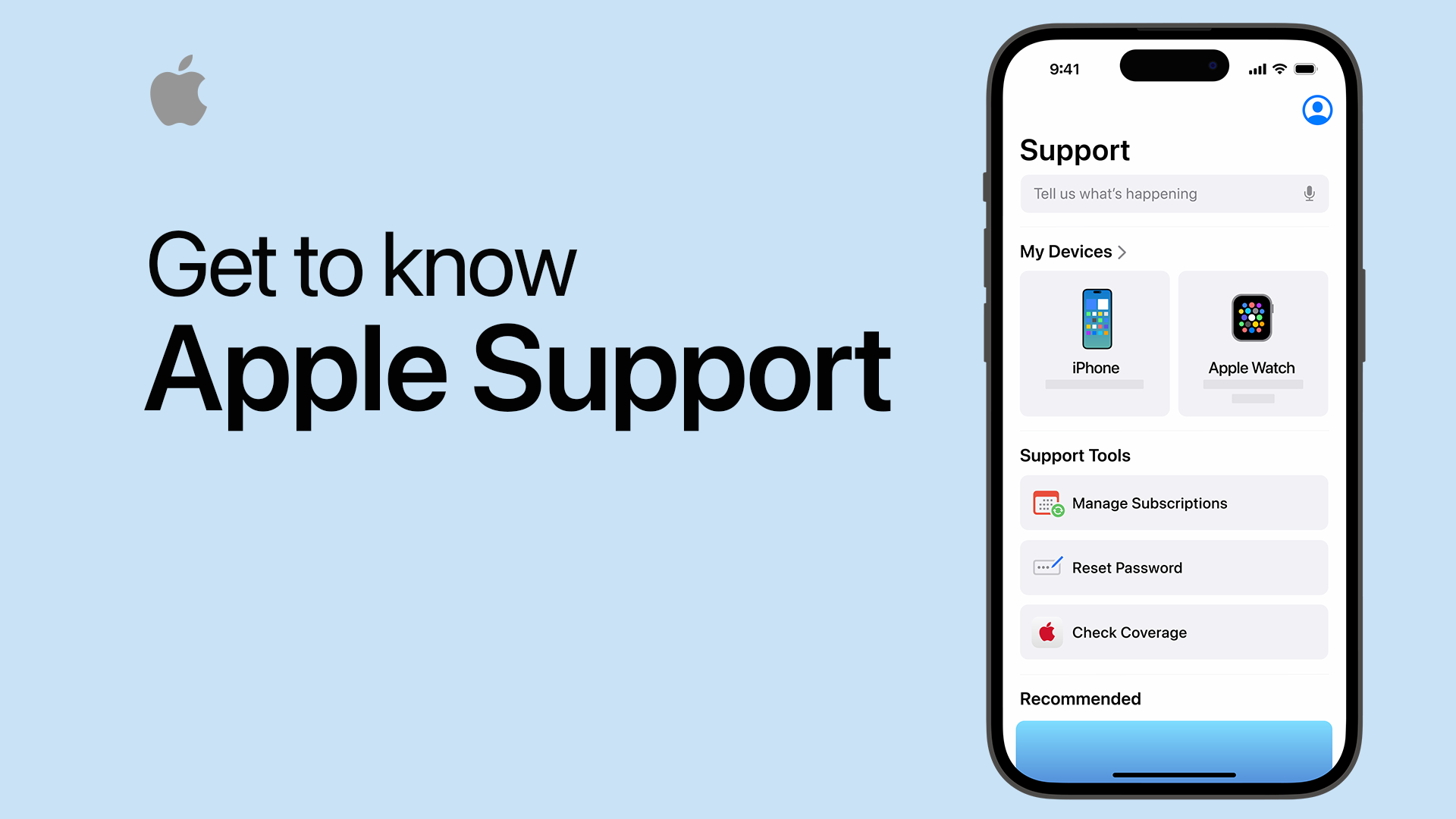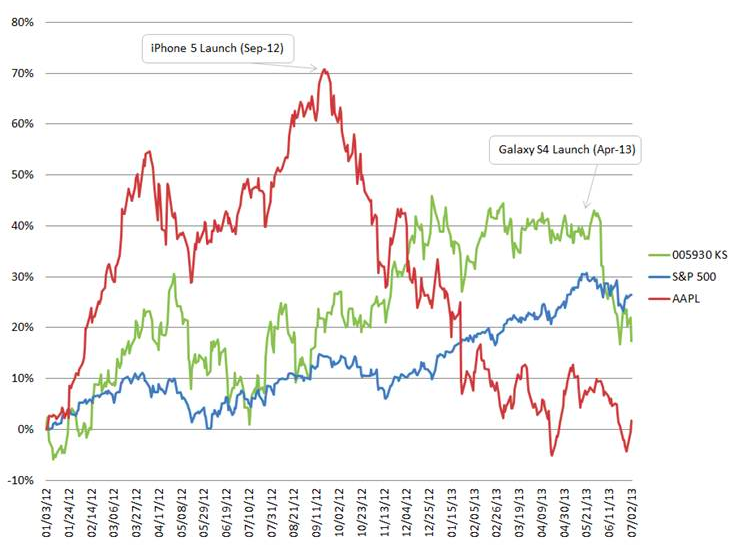
AAPL Company – Exploring the Innovations Behind Apple’s Success
The AAPL Company has become synonymous with cutting-edge technology and innovation. Its product lineup, spearheaded by the iPhone, continues to shape the way we communicate, work, and play. As an iconic figure in the tech industry, Apple’s influence is felt across various platforms, sparking competition and inspiring creativity among other tech giants like Samsung. This article delves into the essence of the AAPL Company, exploring its flagship product—the iPhone—and examining its competitive landscape, including the latest iterations like the iPhone 15.
AAPL Company

Founded in 1976, the AAPL Company has revolutionized the tech industry through relentless innovation and design excellence. The company primarily focuses on hardware, software, and services, creating a cohesive ecosystem that seamlessly integrates user experiences. In this section, we will explore its operational structure, corporate culture, and visionary leadership that contribute to its sustained success.
Historical Background
Apple’s journey began with Steve Jobs, Steve Wozniak, and Ronald Wayne, who designed the Apple I computer. Fast forward to today, and the company is one of the most valuable in the world. Apple’s pivot to consumer electronics—culminating in devices like the iPhone—demonstrates its ability to adapt to changing market demands. The introduction of the iPod in 2001 marked a pivotal moment for the company, establishing it as a leader in digital music and paving the way for future innovations.
The company’s emphasis on design philosophy is evident in every product it releases. From sleek aesthetics to intuitive interfaces, Apple takes great care in ensuring that its products not only function well but also delight users visually. This commitment to design extends beyond physical products to include software experiences that are fluid and engaging.
Corporate Culture
One of the hallmarks of the AAPL Company is its unique corporate culture, which fosters creativity and encourages risk-taking. Employees are motivated to think outside the box, leading to groundbreaking ideas that often reshape entire industries. This culture stems from Steve Jobs’ vision, which still influences the company’s philosophy today.
Collaboration is another critical element of Apple’s culture. By promoting teamwork across departments, Apple ensures that projects benefit from diverse perspectives, resulting in holistic solutions that cater to varied customer needs. The company invests heavily in employee development, providing resources and opportunities for continuous learning, which strengthens its talent pool.
Visionary Leadership
Another driving force behind the success of the AAPL Company is its leadership. Tim Cook, who succeeded Steve Jobs, has maintained the innovative spirit while steering the company through challenges such as supply chain disruptions and global economic shifts. Cook’s focus on sustainability and privacy has resonated with consumers, further enhancing Apple’s reputation as a socially responsible organization.
Under Cook’s leadership, Apple has made significant strides toward environmental sustainability, committing to reducing carbon emissions and utilizing recyclable materials in its products. These initiatives not only align with modern consumer values but also set industry standards, encouraging competitors to follow suit.
IPhone

The launch of the first iPhone in 2007 marked a watershed moment in mobile technology and transformed how people interact with devices. Serving as both a status symbol and a practical tool, the iPhone has evolved significantly over the years. This section examines its impact on society, technological advancements, and the user experience that sets it apart from competitors.
Revolutionary Design and Functionality
From the onset, the iPhone has been characterized by its minimalist design and user-friendly interface. Apple’s decision to eliminate physical keyboards in favor of a touchscreen was groundbreaking at the time, leading to similar design trends across the industry. The introduction of the App Store in 2008 radically changed how software was delivered, allowing developers to create applications that expanded the functionality of the device.
This emphasis on user-centric design is critical to Apple’s approach. The seamless integration of hardware and software allows for an intuitive experience that resonates with consumers. Features like Face ID, Siri, and integrated health tracking systems have become staples, setting benchmarks for what users expect from their devices.
Impact on Communication and Social Interaction
The iPhone has profoundly influenced communication patterns. With instant access to email, social media, and messaging apps, individuals can effortlessly connect with others across the globe. This accessibility has fostered a sense of community, enabling people to share experiences and ideas in real-time.
However, it’s essential to consider the implications of this constant connectivity. While the iPhone facilitates communication, it can also create a sense of dependency, where users feel compelled to remain plugged in at all times. Balancing screen time with real-world interactions is a challenge many face, prompting discussions around digital wellness and mental health.
Continuous Innovation
Apple’s commitment to continuous improvement ensures that each new iteration of the iPhone offers enhancements that captivate users. The integration of advanced camera technology, improved battery life, and faster processors demonstrate Apple’s response to consumer feedback and technological trends.
Recent releases have showcased impressive features like night mode photography and computational photography, which elevate the user experience. The company also consistently enhances security features, protecting user data in a digital age where privacy concerns are paramount.
Samsung

As a key competitor, Samsung presents a formidable challenge to the AAPL Company. Both companies have established themselves as leaders in the smartphone market, yet their approaches to technology differ significantly. In this section, we will explore Samsung’s strategies, product offerings, and how they stack up against Apple.
Product Diversity
Unlike the AAPL Company, which focuses predominantly on a narrow range of devices, Samsung boasts a diverse portfolio that spans smartphones, tablets, wearables, and even home appliances. Their Galaxy line, featuring models like the Galaxy S series and Galaxy Note, offers consumers varying price points and feature sets, appealing to a broader audience.
The flexibility in Samsung’s product lineup allows it to capture a more extensive market share, particularly in regions where budget constraints dictate purchasing decisions. This strategy has contributed to Samsung maintaining its position as one of the largest smartphone manufacturers in the world.
Technological Advancements
Samsung is renowned for its forward-thinking approach to technology. Innovations such as foldable displays and high-quality AMOLED screens showcase the company’s commitment to pushing the boundaries of design and functionality. The recent Galaxy Z Fold series, for example, demonstrates Samsung’s efforts to create versatile devices that appeal to tech enthusiasts and early adopters.
In contrast, the AAPL Company tends to prioritize refining existing technologies rather than venturing into unchartered territory. This difference may stem from Apple’s conservative approach to product launches, ensuring that each new feature meets the brand’s high standards before being introduced to consumers.
Marketing and Brand Loyalty
Both Apple and Samsung have cultivated strong brand identities, yet their marketing techniques diverge. Apple relies on exclusivity and aspirational messaging, positioning its products as premium devices for discerning consumers. In contrast, Samsung’s marketing emphasizes diversity and accessibility, showcasing the versatility of its devices through broad-reaching campaigns.
Brand loyalty plays a crucial role in shaping consumer preferences. Apple users typically exhibit strong loyalty, often upgrading to the latest iPhone without considering alternatives. Conversely, Samsung’s diverse offerings attract a wider demographic, leading to varied levels of brand allegiance based on individual needs and financial capabilities.
IPhone 15
The launch of the iPhone 15 marks another significant milestone in the evolution of Apple’s flagship device. As anticipation builds around its release, this section will explore the expected features, consumer reactions, and the implications of this latest model within the broader context of the smartphone market.
Expected Features
Rumors surrounding the iPhone 15 suggest substantial upgrades, particularly in camera technology and processor efficiency. Speculations point to enhanced low-light performance, advanced computational photography features, and improved video recording capabilities that could further elevate the user experience.
Moreover, discussions about incorporating USB-C charging ports instead of the traditional Lightning connector reflect Apple’s shift toward standardization and compatibility with other devices. These changes could signal a commitment to meeting contemporary user needs while addressing environmental concerns related to proprietary charging accessories.
Consumer Anticipation
Consumers eagerly await the launch of the iPhone 15, underscoring the brand’s cultural significance. Enthusiasts engage in discussions across social media platforms, sharing leaks, speculations, and personal expectations. Such enthusiasm illustrates the emotional connection many have with Apple products; they are not merely tools but integral parts of their daily lives.
Additionally, Apple’s marketing strategy leverages this excitement, generating buzz and anticipation that often translate into robust sales upon launch. The communal aspect of waiting for a new iPhone creates a shared experience amongst users, reinforcing brand loyalty and engagement.
Market Implications
The arrival of the iPhone 15 carries implications for both Apple and its competitors. Other smartphone manufacturers must analyze its features and pricing structure to remain competitive in the evolving market landscape. The introduction of innovative functionalities often forces rivals to adapt, pushing the entire industry forward.
Furthermore, the iPhone 15 may affect consumer spending habits, prompting potential buyers to reassess their current devices and consider upgrading. This ripple effect can lead to increased sales across the tech industry, impacting supply chains, accessory markets, and resale value for older models.
Conclusion
The AAPL Company stands as a testament to the power of innovation, design, and strategic leadership. Through its flagship product, the iPhone, Apple has not only reshaped the smartphone landscape but also redefined societal interactions and expectations surrounding technology. As competition arises from powerful players like Samsung, Apple remains vigilant, continuously pushing the envelope to maintain its status as a leader in the tech industry. The anticipation surrounding new releases, including the iPhone 15, symbolizes the enduring connection between Apple and its dedicated user base. As technology continues to evolve, the AAPL Company will undoubtedly remain at the forefront, influencing our lives in ways we may not yet fully comprehend.
